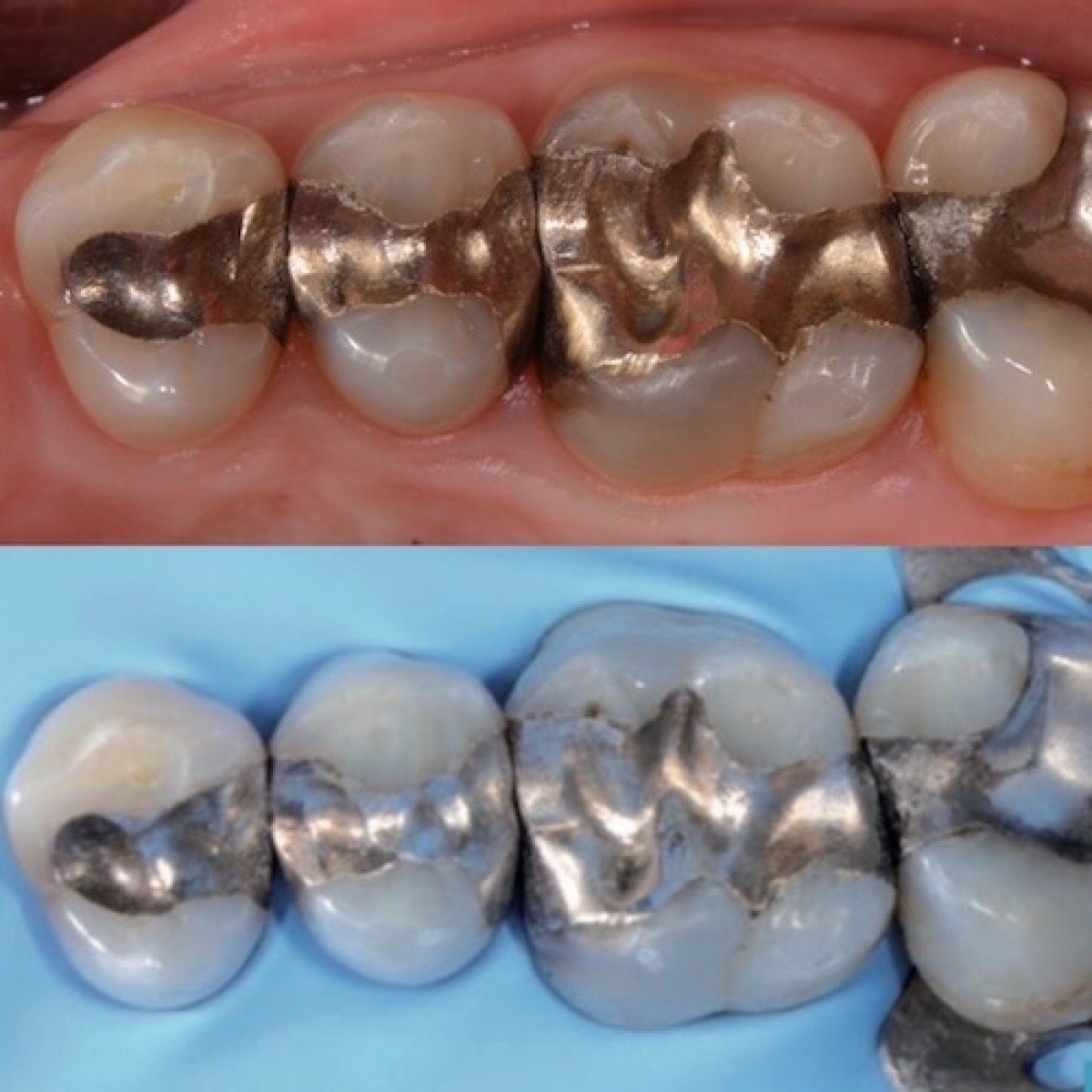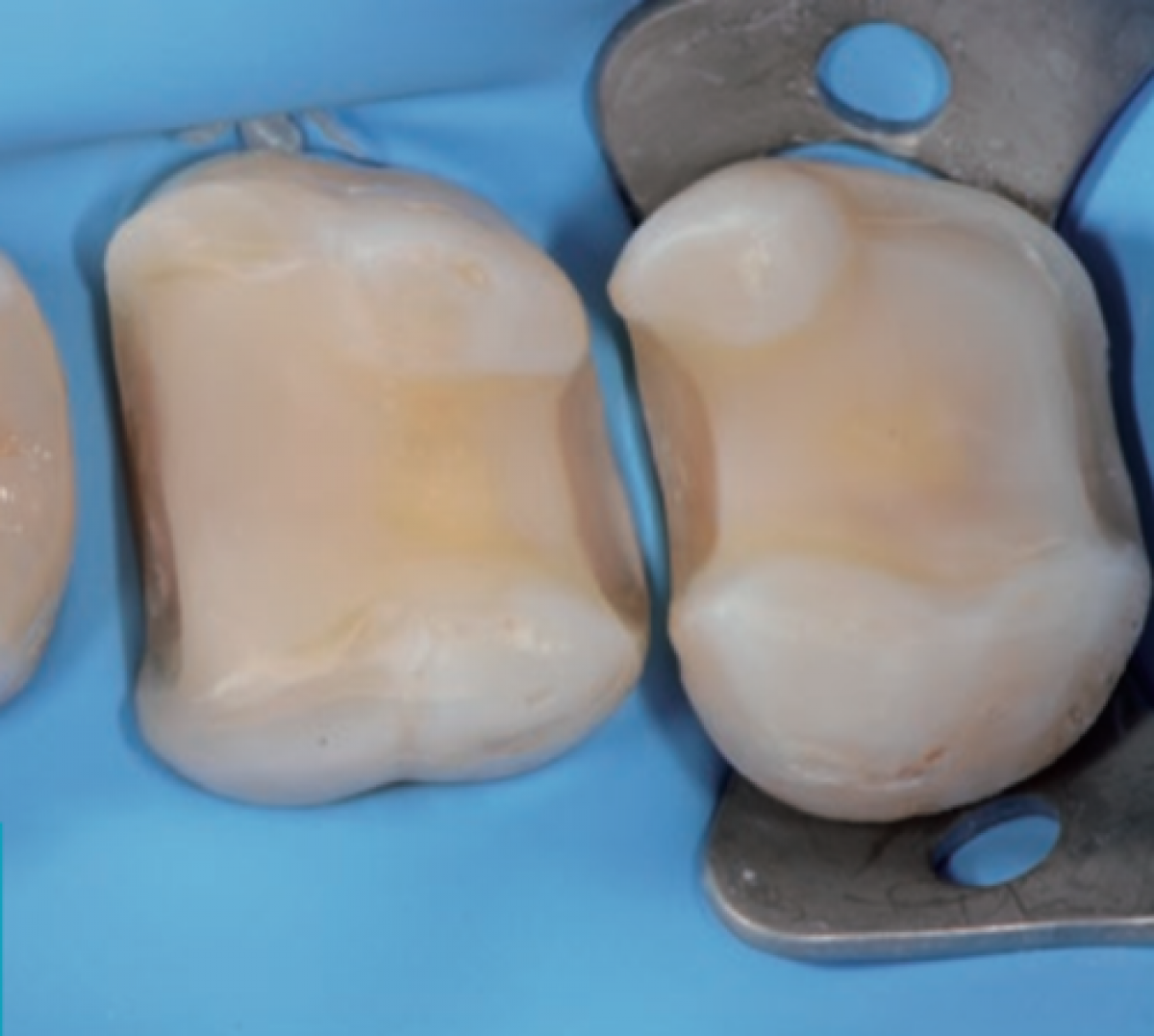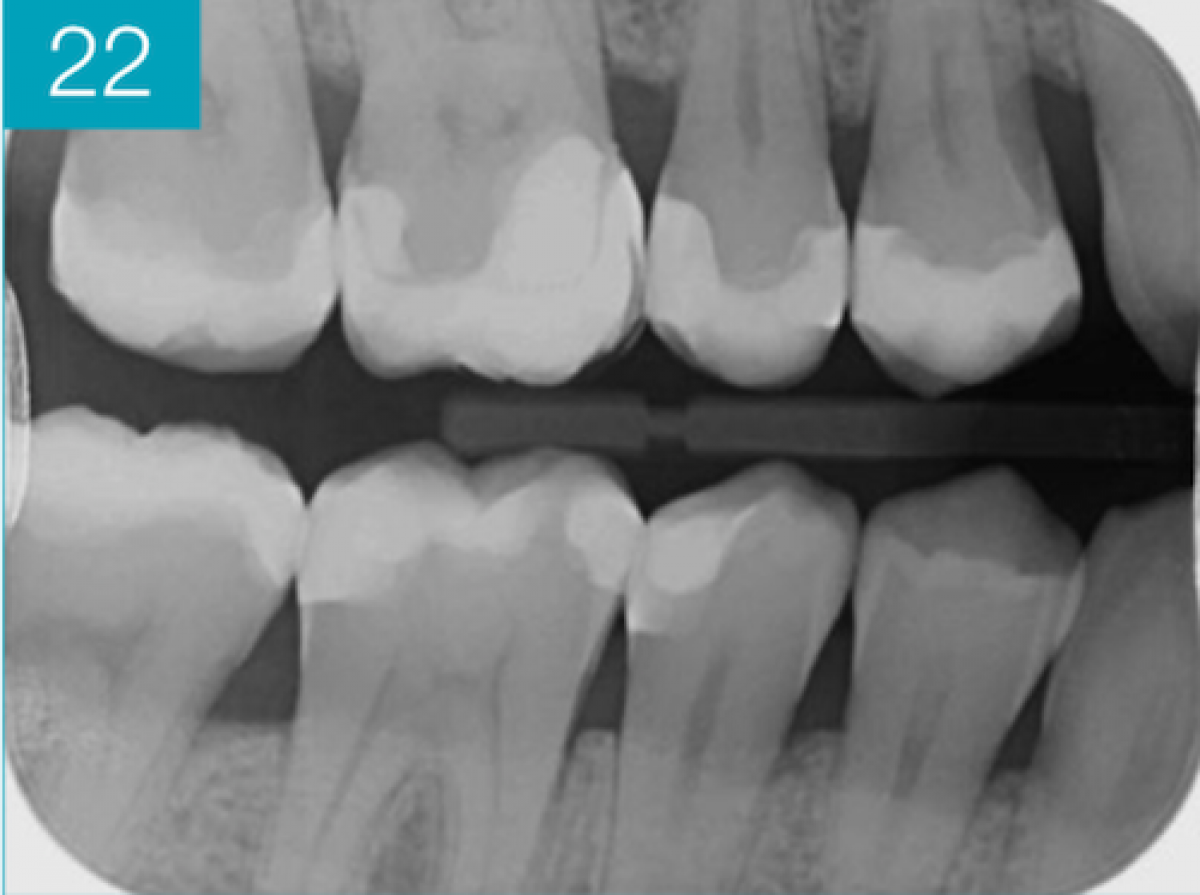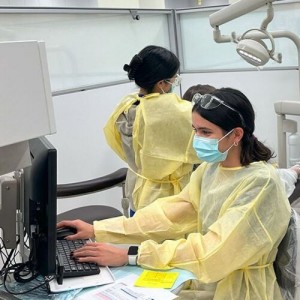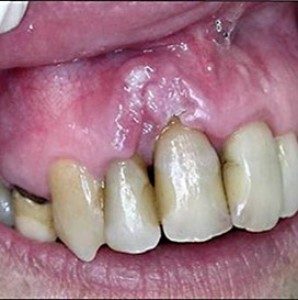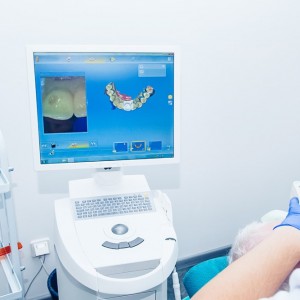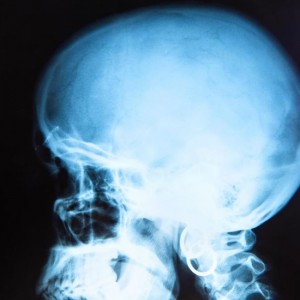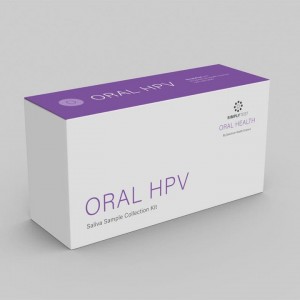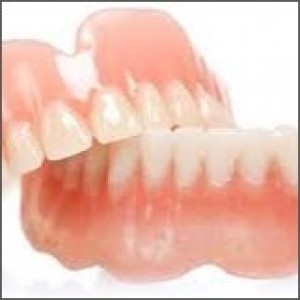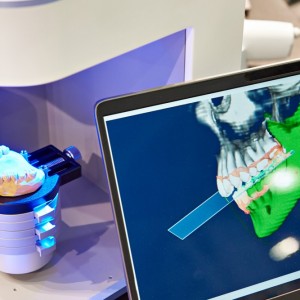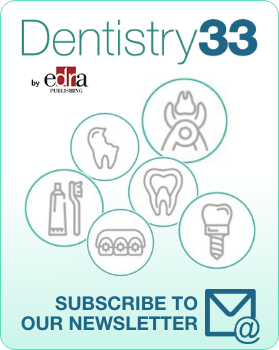
Indirect restoration of 1.6 and 1.7: a clinical case
Allegra Comba
38-year-old male patient with negative medical history, who comes for a visit many years after the last dental check-up. He reports difficulty in removing food residues in the interproximal areas, in correspondence with some fractured amalgam restorations. However, it does not report pain / thermal sensitivity on any of the dental elements.
Physical and radiographic examination of the dental surfaces shows the presence of secondary carious lesions affecting the following dental elements: 1.7, 1.6, 1.5, 1.4. (Fig. 1-2)
The cold test performed on vital dental elements is positive and highlights the absence of irreversible pulp pathologies. Diagnosis Occlusal-distal carious lesion on 1.4 and mesio-occlusal-distal carious lesions on 1.5, 1.6 and 1.7.
Proposed treatment plan
Periodontal probing, scaling and root planing to remove subgingival tartar deposits;
Oral hygiene education and motivation;
Revaluation survey before proceeding with conservative therapies;
Execution of direct composite restorations on 1.4 and 1.5 and indirect restorations on 1.6 and 1.7.
The execution of direct restorations was explained at the following link: https://www.dentistry33.com/clinical-cases/restorative-dentistry/180/direct-restoration-of-1-4-and-1-5-a-clinical-case.html
STEP-BY-STEP CLINICAL PROCEDURES FOR INDIRECT RESTORATION OF 1.6 and 1.7
1)Removal of carious lesions on 1.6 and 1.7
Isolation of the operating field with the rubber dam fixed at the level of element 1.7 with a previously sandblasted 27N hook (Fig. 1). Subsequently, removal of the carious lesions on 1.6 and 1.7.
For the removal of the amalgams, a multi-blade tungsten drill mounted on a red ring contra-angle was used initially, under abundant jet of water and suction, followed by a cutter cylindrical diamond bur and a ceramic rosette for the removal of infected tissue at the dentin substrate level.
The cavity margins were finished with red and yellow ring diamond cutters.
The cervical steps of the cavities were also terminated with red and yellow grit diamond cutters mounted on the EVA handpiece and abrasive diamond strips (Fig.2).
2)Build-up and impression
After the application of an etch-and-rinse 3 steps adhesive system for 1.6 and a self-etch 2 steps adhesive system with pre-etching of the enamel, two composite build-ups were carried out, which were subsequently prepared and finished with diamond burs with decreasing grain size. The cervical steps of the cavities have also been finished with red and yellow grain diamond burs mounted on the EVA handpiece and diamond abrasive strips (Fig. 3). Once the rubber dam was removed, the residual thicknesses for the future indirect restoration were assessed and the impression of the entire upper arch with PVS and the antagonist alginate arch were taken. In order to avoid problems related to the sensitivity of the prepared vital elements, a temporary restoration was used.
3)Inlay composite cementation
At the next appointment, we proceeded by removing the temporary restorations and isolating the operating field with the rubber dam. The prepared elements were cleaned with prophylaxis brushes and glycine conveyed with air flow and then the adhesive procedures were carried out on 1.6 and 1.7: etched with 37% orthophosphoric acid, primer application, silane (on the composite build up) and bonding, the latter uncured. At the same time, the adhesive preparation of the composite inlay took place: sandblasting with aluminum oxide (50micron) to remove any debris, application of the silane and bonding, also in this case without proceeding with its polymerization (Fig. 4). A layer of heated nanohybrid composite, color A3, was placed on the bottom of the build-up of 1.7 and the composite product was housed on the preparation with the help of an adhesive plastic stick. In order to correctly position the product, constant pressure was performed with the help of a ball burnisher and a dedicated ultrasound tip (Fig. 5). The same procedures were also carried out for cementing the inlay on 1.6.
Once the polymerization phases of about 2 minutes per dental element were completed, a further polymerization of 20 '' per side was performed after applying a layer of glycerine gel to obtain a further conversion of the oxygen-inhibited layer. To finish the surfaces of the restored elements, diamond cutters with low particle size were used, followed by paper disks with different degrees of abrasiveness, by rubber pads and brushes. The interproximal area was further refined with low-grain diamond burs on the EVA handpiece and with low-abrasive metal strips, in order to maintain a correct contact point and emergence profile.
The reconstructed elements were checked one week after the last appointment to check for any problems during the function (Fig. 6a-b).
 Related articles
Related articles
Restorative dentistry 03 November 2025
The worldwide interest of both dentists and patients in esthetic dentistry has affected decision-making in dental practice.
Restorative dentistry 12 September 2025
Traumatic tooth injuries involve function and aesthetics and cause damage that range from minimal enamel loss to complex fractures involving the pulp tissue and even loss of the tooth crown.
The purpose of restorative dentistry is to restore and maintain health and functional comfort of the natural dentition combined with satisfactory aesthetic appearance.
Oral surgery 15 July 2025
The influence of patients' decisions on treatment planning in restorative dentistry
As part of treatment planning, options are presented to patients by dentists. An informal discussion takes place involving a cost-benefit analysis and a treatment plan is agreed.
Restorative dentistry 01 July 2025
Advances in CAD/CAM Technology for Chairside Restorative Dentistry: A Workflow Analysis
Chairside CAD/CAM technology has revolutionized restorative dentistry, offering streamlined workflows and improved patient outcomes.
 Read more
Read more
Much like EMTs rushing to the scene after an accident, stem cells hurry to the site of a skull fracture to start mending the damage. A new finding has uncovered the signaling mechanism that triggers...
Products 05 November 2025
SimplyTest has launched a groundbreaking saliva-based test to detect high-risk strains of oral human papillomavirus (HPV), a major cause of oropharyngeal cancers.
News 05 November 2025
Perimetrics, Inc., a dental technology company pioneering quantitative diagnostics, announced today that the U.S. Food and Drug Administration (FDA) has granted clearance for the InnerView...
News 05 November 2025
On October 15, open enrollment for Medicare began nationwide. Hundreds of thousands of seniors in New Jersey will once again face the challenge of finding the right Medicare coverage, including the...
Digital Dentistry 04 November 2025
Digitalisation is an expanding field in dentistry and implementation of digital teaching methods in dental education is an essential part of modern education.



